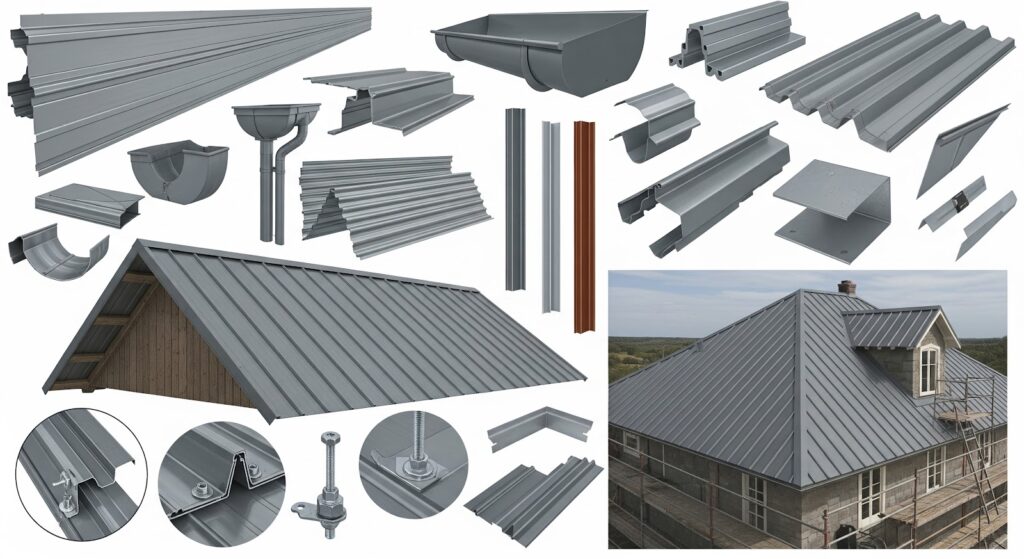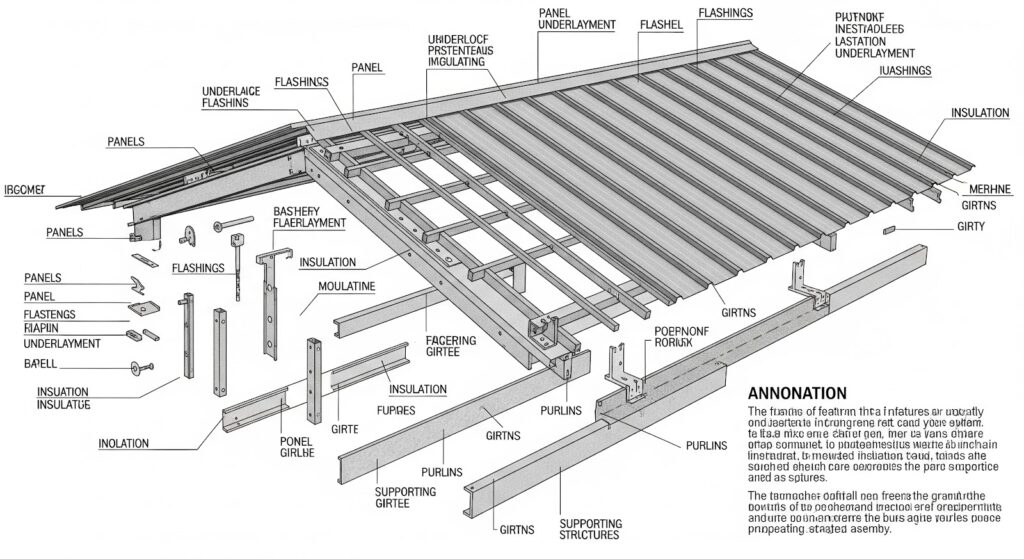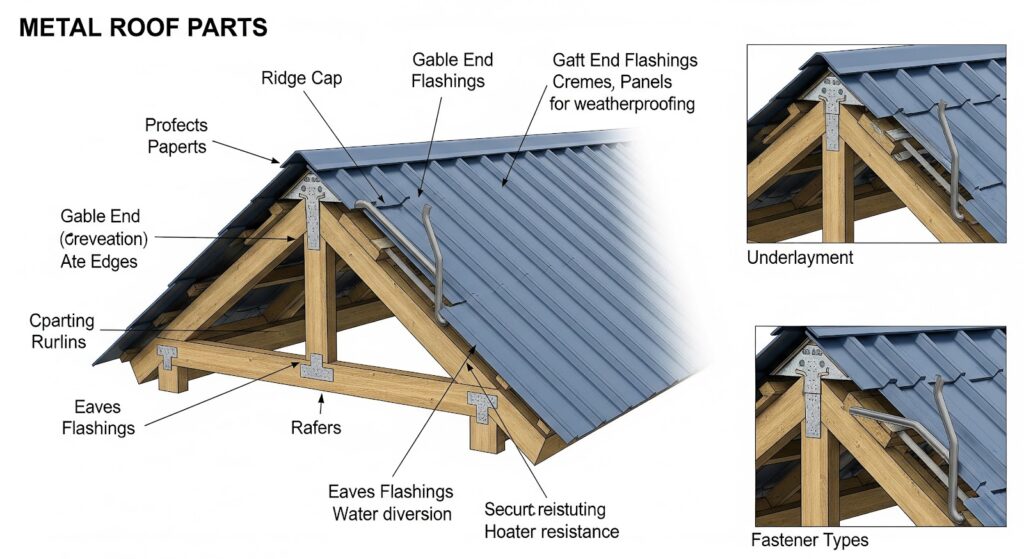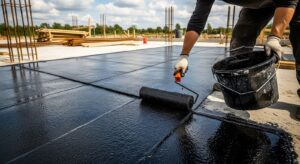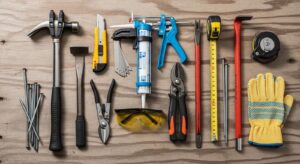When it comes to roofing, metal roofs are a top choice for homeowners and businesses alike due to their durability, energy efficiency, and long-lasting performance. However, understanding the structure behind a metal roof can seem like a daunting task. What exactly makes up a metal roof? What are the key components, and how do they fit together?
In this detailed guide, we will break down the metal roof components and give you a clear understanding of their role in the overall design. Whether you’re a homeowner considering a metal roof or a roofing professional looking for reference materials, you’ll find all the information you need in this comprehensive metal roof components diagram.
By the end of this article, you’ll have a better understanding of the parts of a metal roof, the importance of each component, and how they work together to protect your home or business.
What Are Metal Roof Components?
Before diving into the specifics, it’s important to know the basic parts of a metal roof. Think of a metal roof as a puzzle, where each piece plays a crucial role in keeping the structure secure and efficient. The key metal roof components include:
- Roof Panels
- Underlayment
- Roof Trim
- Flashing
- Fasteners
- Ridge Caps
Each part serves a unique purpose, contributing to the roof’s overall integrity, weather resistance, and aesthetics.
A Breakdown of Metal Roof Parts Diagram
Below, we’ll walk through a detailed metal roof diagram that includes all the components of a steel roof.
Roof Panels: The roof panels are the most visible part of the roof, and they’re available in various materials such as aluminum, steel, and copper. These panels are the primary protective layer against weather elements like rain, snow, and wind.
Underlayment: Placed directly under the metal panels, the underlayment acts as a secondary moisture barrier. It provides an additional layer of protection from water and prevents ice dams in colder climates.
Roof Trim: Roof trim is used to cover the edges of the roof panels and give the roof a finished look. It also helps with weatherproofing by covering the junctions between panels and other parts of the roof.
Flashing: Flashing is typically used around joints, seams, and other vulnerable areas (like chimneys or vents) to prevent leaks. It’s a critical part of the roofing system, especially when it comes to weather resistance.
Fasteners: The fasteners, typically screws or nails, are used to secure the panels and trims in place. These fasteners need to be durable and rust-resistant to ensure the long-term stability of the roof.
Ridge Caps: The ridge cap is used to cover the peak of the roof where the panels meet. This part ensures that there are no leaks at the roof’s highest point and helps maintain airflow in the attic.
Metal Roof Parts Names and Their Role
Let’s take a deeper look at the metal roof parts names and how each plays a critical role:
- Metal Roof Panels: These are the main protection against external elements. The type of metal used impacts the roof’s performance, such as heat resistance, longevity, and aesthetic appeal.
- Drip Edge: This component ensures that water flows away from the roof edge, protecting the fascia and eaves from moisture damage.
- Starter Strips: Positioned at the base of the roof, these strips help in aligning the first row of panels and offer an added layer of water protection.
- Eave Flashing: Installed at the eaves, this part directs water away from the roof’s base and prevents water infiltration.
- Valley Flashing: Valley flashing is used in roof valleys (where two slopes meet), ensuring water flows smoothly to the gutters without causing leaks.
Benefits of Understanding the Metal Roof Components
Understanding the metal roof components diagram is not only helpful for homeowners but also for professionals working in the roofing industry. Here are some practical benefits:
- Longer Roof Life: Understanding the components allows you to make informed decisions about materials and installation, which directly impact the roof’s lifespan.
- Improved Energy Efficiency: Knowing how each component functions helps ensure the roof is installed to maximize energy efficiency. For example, the right underlayment can reduce heat loss in winter and minimize heat gain in summer.
- Better Maintenance: With a solid understanding of your roof’s components, you’ll be able to recognize potential issues before they become major problems.
- Cost Savings: The more you know about the parts of your metal roof, the better you can identify areas where cost-effective solutions can be implemented without sacrificing quality.
Metal Roof Components Diagram: How They Work Together
Now that we’ve covered the individual parts of a metal roof, let’s explore how they all come together to create a secure and weather-resistant system.
Weather Protection
The primary function of a metal roof is to shield the building from weather elements. The roof panels, underlayment, and flashing work in tandem to ensure that rain, snow, and wind are kept at bay.
- Roof Panels prevent rainwater from penetrating the structure.
- Underlayment adds an extra layer of protection by preventing water that may seep through the panels from reaching the underlying structure.
- Flashing seals off joints and other vulnerable points where water might otherwise infiltrate.
Structural Support
The roof trim, fasteners, and ridge caps provide structural integrity to the roof. The fasteners secure all parts in place, ensuring the roof remains in place during extreme weather conditions. The ridge caps add support and protection at the peak, while the roof trim provides the necessary reinforcement at the edges.
Aesthetic Appeal
Aside from function, metal roof components also contribute to the overall look of the roof. The roof trim and ridge caps provide clean, finished edges that give your roof a polished appearance.
Common Issues with Metal Roof Components
While metal roofs are incredibly durable, there are some common issues you may face:
- Rusting: Over time, steel roof parts can begin to rust, especially if the coating is damaged or worn down.
- Loose Fasteners: If fasteners aren’t tightened properly, they can cause leaks and even allow panels to shift.
- Incorrect Installation: A poorly installed metal roof parts diagram can lead to water infiltration, uneven wear, and reduced roof life.
To avoid these issues, ensure that your roof is installed by a professional and maintained regularly.
FAQs
1. What are the main components of a metal roof?
The main components include roof panels, underlayment, flashing, fasteners, ridge caps, and roof trim. Each part serves a unique purpose, from protecting the roof to enhancing its appearance.
2. How do I choose the best metal roof components?
Choosing the right components depends on factors such as your budget, local climate, and desired aesthetic. It’s essential to select high-quality materials that suit your needs.
3. How long does a metal roof last?
A well-maintained metal roof can last anywhere from 40 to 70 years, depending on the material and climate conditions.
4. Can I install a metal roof myself?
While it is possible to install a metal roof yourself, it’s highly recommended to hire a professional. Proper installation ensures the longevity and performance of your roof.
Conclusion
Understanding the metal roof components diagram and the role each part plays in the overall system is essential for anyone considering a metal roof. From the roof panels to the fasteners, each part contributes to the roof’s performance and aesthetics. With the right components and proper installation, a metal roof can offer you years of protection, energy efficiency, and curb appeal.
If you’re considering installing a metal roof or just want to learn more about its components, make sure to consult with roofing professionals who can guide you in choosing the best materials for your needs.

